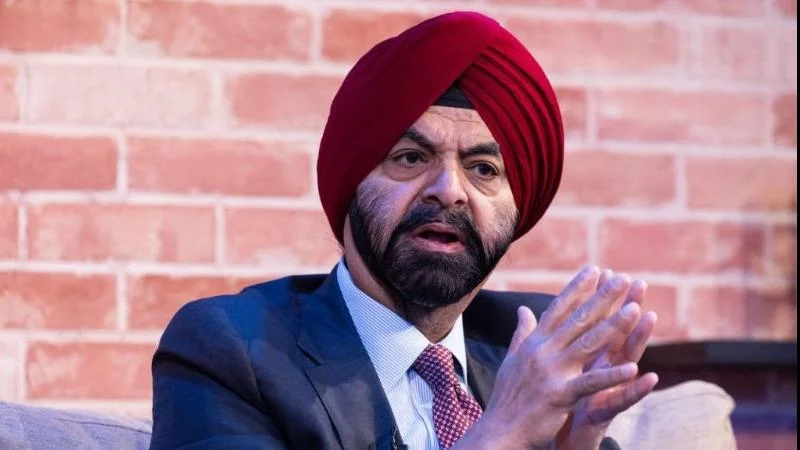Biodiversity is a vital resource for the livelihoods of millions, playing a crucial role in job creation, food security, climate resilience, and inclusive growth. However, environmental degradation and nature loss are threatening decades of development progress. An estimated 3.3 billion people rely on fish as a primary protein source, and without urgent intervention, up to 25% of global fish catches could be lost by the century's end.
To address this crisis, it is essential to integrate biodiversity into national development policies using tools like Natural Capital Accounting (NCA). NCA measures the economic value of ecosystems through frameworks such as the System of Environmental-Economic Accounting (SEEA), allowing countries to assess their natural assets' full economic value. This approach provides policymakers with insights into how nature contributes to GDP, wealth creation, and poverty reduction.
The World Bank’s Global Program on Sustainability (GPS) is leading efforts to incorporate NCA into national policies and strategies. In Lao PDR, deforestation and ecosystem degradation present significant challenges. With GPS support, Lao PDR is embedding NCA into its national policies for better management of forests, water resources, and biodiversity.
From 2019-2021, Lao PDR conducted a landscape valuation in Khammouane province that informed updates to the Forestry Law and shaped the Lao Landscapes and Livelihoods Project (LLL). This initiative promotes strategic forest management while supporting livelihoods. GPS has also helped build capacity within the Lao Statistics Bureau to maintain and use natural capital data effectively.
NCA has been instrumental in sustainable forest and land use planning in Lao PDR. The Non-Timber Forest Products (NTFPs) sector benefits from these efforts by recognizing their economic contributions to rural communities' diets and incomes. A guideline under development aims to ensure sustainable NTFP use while protecting local community rights around protected areas.
In Zambia, renowned for its wildlife diversity but facing challenges like human-wildlife conflict and habitat degradation, GPS supports advancing NCA using SEEA frameworks. These efforts quantify biodiversity's economic benefits in tourism and ecosystem services while promoting sustainable resource management.
Zambia's integration of natural capital into national policies will inform future development plans and biodiversity strategies. Tools like Dynamic Computable General Equilibrium (DCGE) models are customized for integrating natural capital into Zambia’s assessments for sustainable landscape management.
Biodiversity is crucial for sustainable development achievements. By adopting frameworks like SEEA alongside NCA-informed policies, nations can protect renewable natural assets during economic pursuits.
Lao PDR's and Zambia's experiences highlight how incorporating biodiversity considerations can yield significant benefits globally. As climate change escalates alongside nature loss and pollution crises worldwide, scaling up NCA becomes imperative alongside GDP measures—creating resilient futures valuing indispensable biodiversity sustaining life economies globally.

